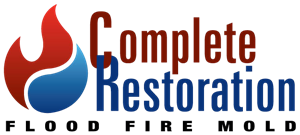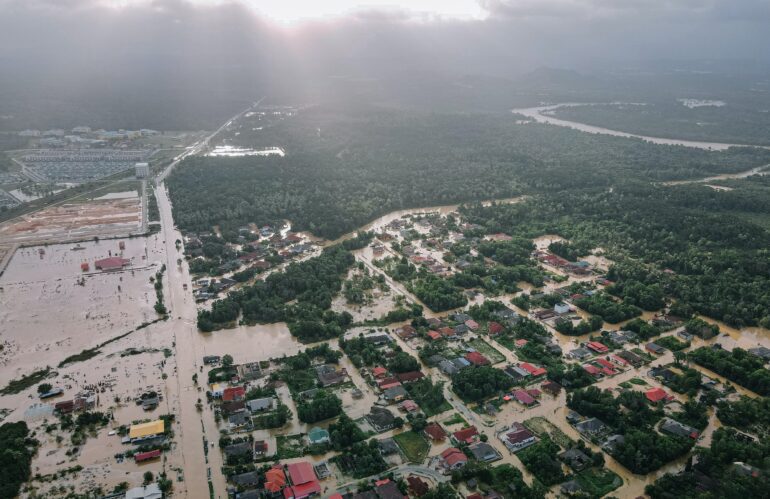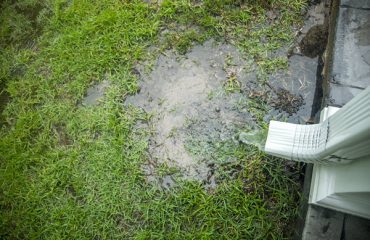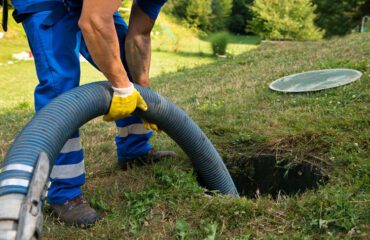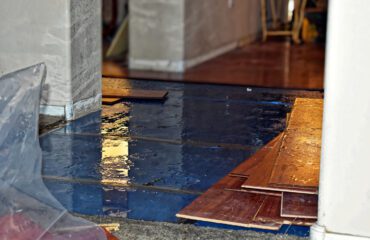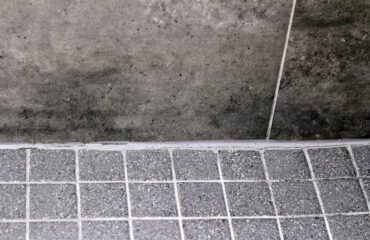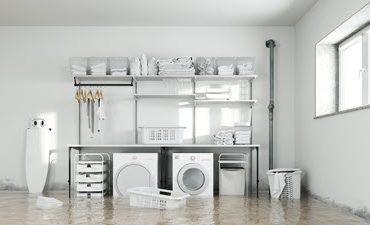While a small spill usually isn’t an issue, extensive water damage can damage your home and belongings, potentially beyond repair. That’s why quick action is essential. Along with securing water damage restoration services, you’ll want to take several steps to limit the damage as quickly as possible.
At first, figuring out which actions to take when dealing with water damage may seem daunting. However, you can make the right decisions by focusing on a few key points. Here’s a look at three things to consider when dealing with water damage.
Make Sure to Find Any Other Leaks
First, you need to find the source of any leaks. Some leaks, such as detached lines under sinks or a leaky hot water heater, may be obvious. With those, you can use shutoff values to stop the leak, preventing more water from entering your home.
However, other leaks aren’t easy to find. For example, burst pipes in walls can cause an apparent problem, but finding the source may be challenging. The same applies to water damage caused by holes in roofs or siding.
If you can’t find the leak and it’s related to your plumbing, turn off the main water supply to your home. This prevents more water from coming in until you find a plumber who can examine your pipes to find the issue.
Regardless of whether you can find the source of a leak, it’s wise to take pictures of the damage immediately. By having photos, you can see if the water damage begins to spread, which can signify an unnoticed leak.
It can also help plumbers, roofers, siding professionals, and water damage restoration companies to gauge the severity of the situation, allowing them to properly prepare for the work ahead.
How Long Has the Water Been in Your House?
The length of time the water has been in your house impacts future remediation efforts and what’s ultimately salvageable. Essentially, the longer the water remains, the more harm it causes.
Hard flooring can warp and delaminate quickly, and most electronics aren’t designed to handle water exposure, with some succumbing to high humidity even if there isn’t direct water contact. Building materials like sheetrock can become soft and weak, causing them to lose structural integrity.
While wood framing is typically water resistant, the swelling that occurs with water exposure and shrinking during the drying process can loosen critical connections, which can cause structural failures.
Mold growth is another issue that occurs when water is left to sit. Usually, you need to clean water damage within 24 to 48 hours to prevent mold growth. However, even if you address the water and items are dry within 48 hours, mold is a possibility, which leads us to the next point.
Inspect for Mold
If your home has water damage, mold growth may occur. At times, it can start developing in as little as 24 hours. Once it takes hold, removing mold can be difficult, if not dangerous.
Several types of mold are relatively common after a home is water damaged, including Alternaria, aspergillus, Cladosporium, and Stachybotrys Chartarum. Certain molds produce mycotoxins, which can cause adverse health effects. As a result, spending time looking for mold is essential.
Mold can come in an array of colors, including black, white, gray, yellow, and green. The color of the mold doesn’t necessarily denote whether it’s dangerous. However, it’s best to treat all mold as a health hazard and hire a water damage restoration company to ensure it’s addressed quickly and correctly.
Take Care of Water Damage Quickly and Hire Complete Restoration!
Water damage restoration isn’t something that can wait. Take care of water damage quickly and hire Complete Restoration to ensure the job is done right.
